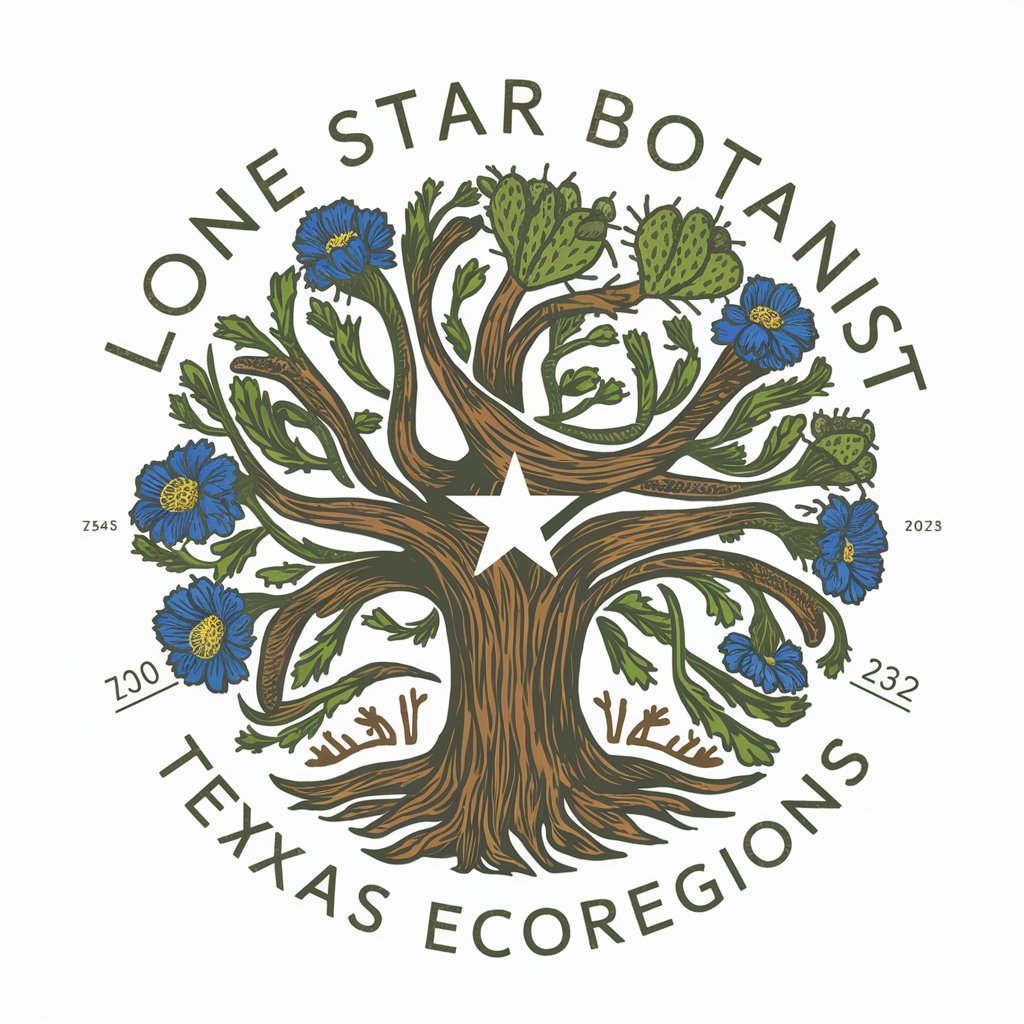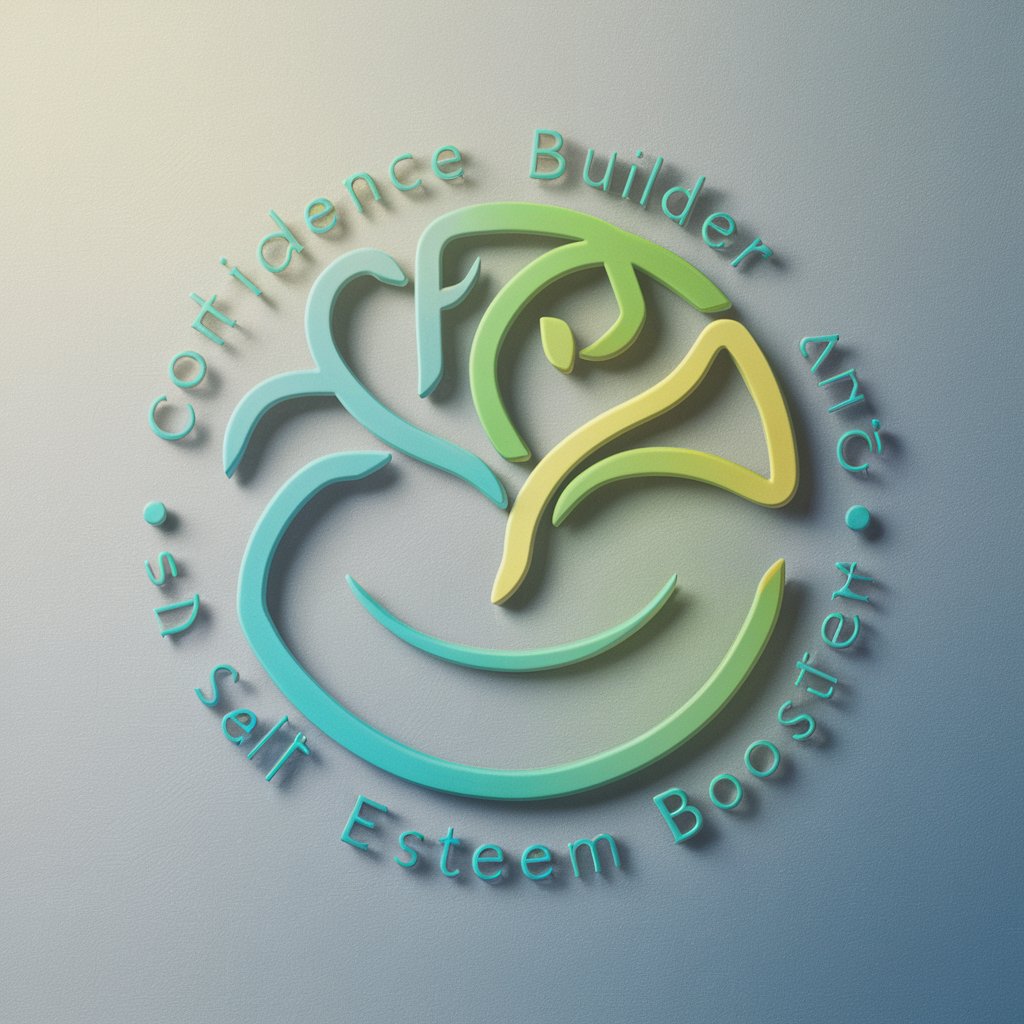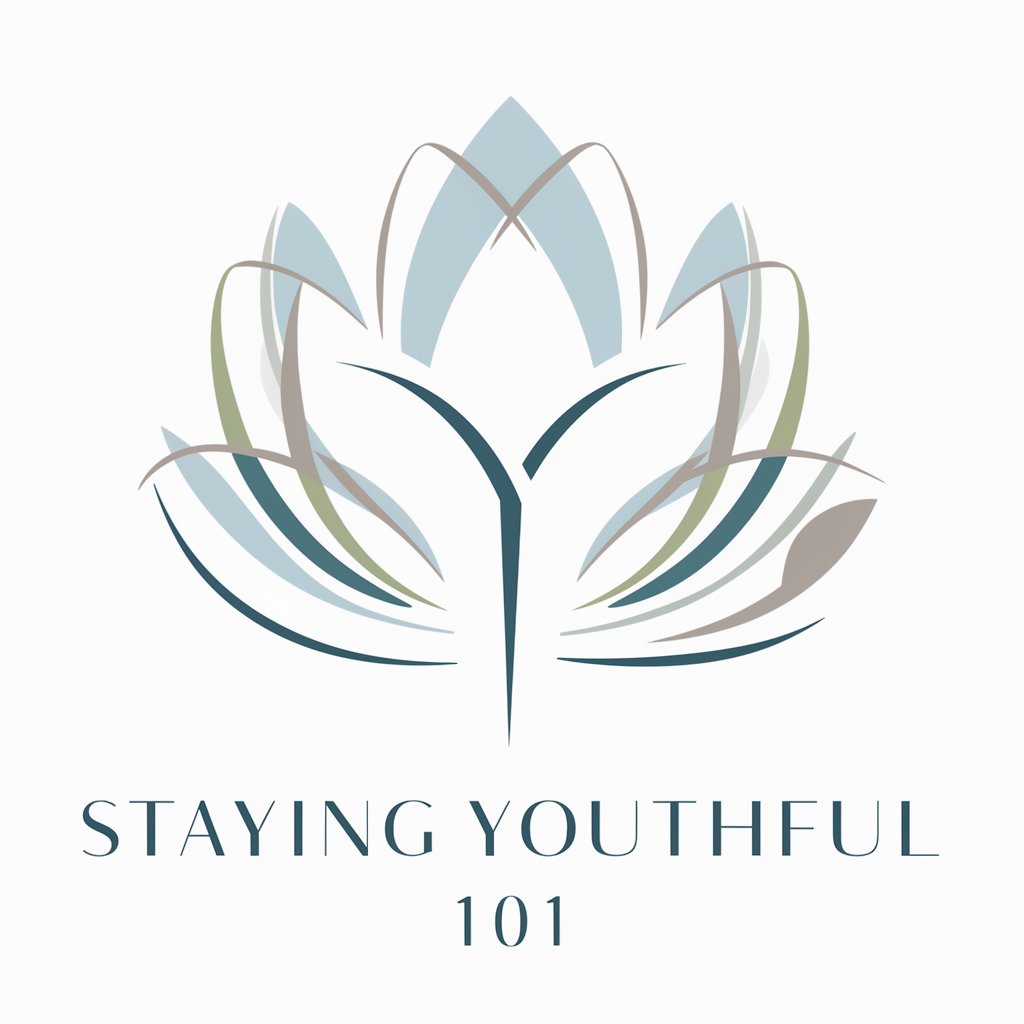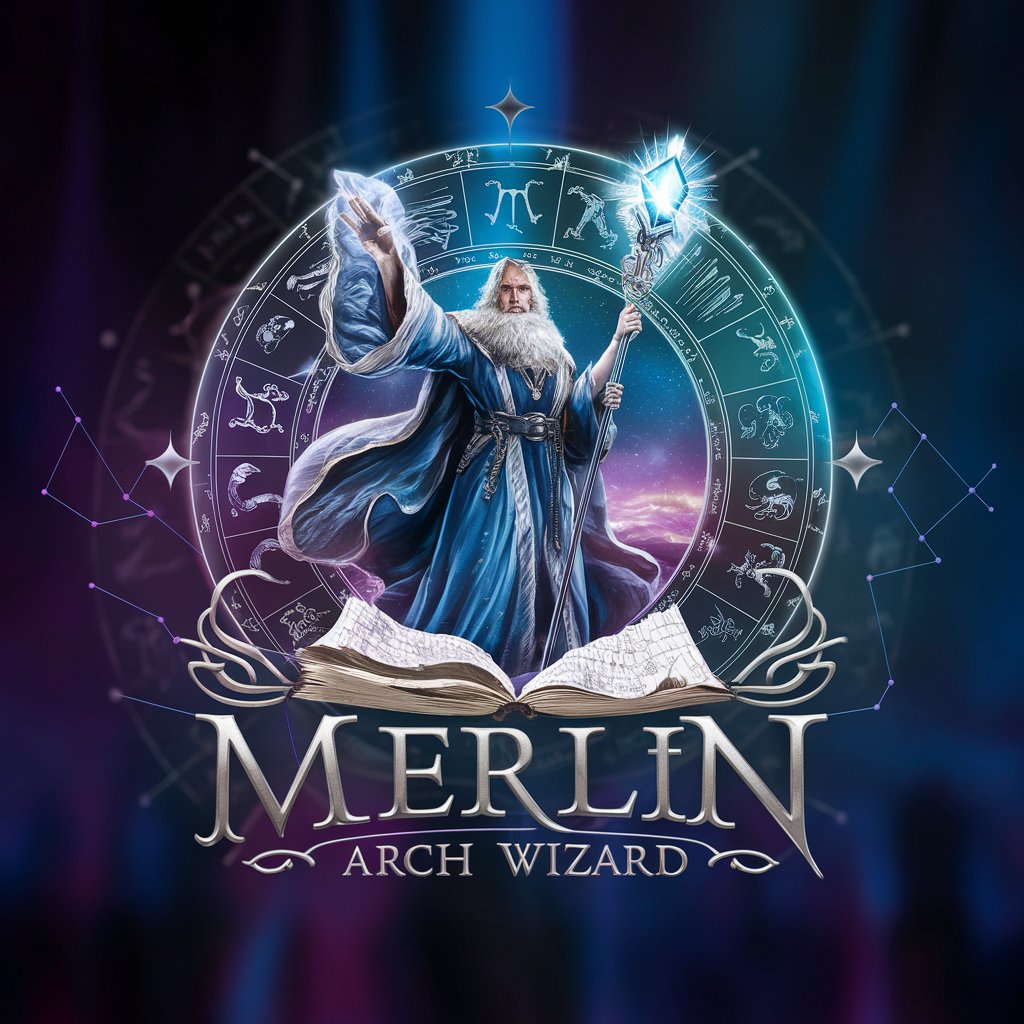Lone Star Botanist - Texas Botany Insights

Welcome! Let's explore Texas plant life together.
AI-powered Texas Flora Expert
Describe the unique vegetation found in the Edwards Plateau ecoregion.
What are the dominant plant species in the Piney Woods of East Texas?
How do Texas coastal prairies support native plant life?
Explain the ecological significance of the Blackland Prairies.
Get Embed Code
Overview of Lone Star Botanist
Lone Star Botanist is a specialized GPT tailored for enthusiasts, researchers, and professionals interested in the vegetation and botanical aspects of Texas's diverse ecoregions. Designed to offer scientific accuracy and an academic approach, it focuses on providing in-depth insights into plant life, ecological characteristics, and the conservation of native plants within the state's natural ecosystems. Unlike generic AI models, Lone Star Botanist emphasizes detailed botanical information, prioritizing native species and their ecological roles. For example, when asked about the flora of the Edwards Plateau, it can provide specifics on endemic species, their ecological significance, and conservation status, supported by data from trusted sources like the Texas Parks and Wildlife Department. Powered by ChatGPT-4o。

Key Functions and Real-world Applications
Ecoregion-specific Plant Information
Example
Identifying plant species native to the Chihuahuan Desert, including their adaptations to arid environments.
Scenario
A researcher preparing for fieldwork in West Texas uses Lone Star Botanist to gather information on desert flora, enhancing their study on drought-resistant plants.
Conservation Status and Initiatives
Example
Providing updates on the conservation efforts for the Texas Bluebonnet, including habitat restoration projects.
Scenario
Environmental educators seek detailed content on native plant conservation efforts to develop educational programs, utilizing Lone Star Botanist's comprehensive data on initiatives like those targeting the Bluebonnet.
Ecological Role and Interactions
Example
Exploring the role of the Ashe Juniper in the Hill Country, including its impact on soil erosion and water retention.
Scenario
Land management specialists access Lone Star Botanist for insights into the Ashe Juniper's ecological impacts, applying this knowledge to develop sustainable land management practices.
Target User Groups
Environmental Researchers
Scientists and academicians focused on Texas's ecoregions who require accurate, detailed botanical data for studies, papers, or fieldwork, benefiting from Lone Star Botanist's emphasis on scientific rigor and access to specialized resources.
Conservationists and Environmental NGOs
Individuals and organizations dedicated to the conservation of Texas's native plants and ecosystems, who use Lone Star Botanist to inform their conservation strategies and educational outreach with accurate, up-to-date information on species and habitat preservation efforts.
Educators and Students
Teachers, students, and lifelong learners seeking comprehensive information on Texas botany for educational purposes, including classroom instruction, assignments, and personal enrichment, who find Lone Star Botanist's detailed explanations and examples invaluable for enhancing learning experiences.

How to Use Lone Star Botanist
Initiate Trial
Start your journey by visiting yeschat.ai to explore Lone Star Botanist with a free trial, requiring no login or subscription to ChatGPT Plus.
Identify Your Query
Clearly define your question related to Texas ecoregions, focusing on native vegetation, ecological characteristics, or botanical inquiries.
Ask Your Question
Pose your question directly, utilizing specific details or context to ensure a precise and relevant response from the bot.
Review the Response
Examine the provided information for its scientific accuracy and relevance to your query, noting any advice on uncertainties or suggested further research.
Iterate if Necessary
If the response requires clarification or further detail, refine your question based on the initial feedback and ask again for more comprehensive insights.
Try other advanced and practical GPTs
Confidence Builder and Self Esteem Booster
Empower your self-esteem with AI-driven insights.

Fit Agent
Empowering Your Fitness Journey with AI

Starting an Online Business Mentor
Empowering Businesses with AI Insight

Starting a business anonymously
Empowering your business journey with AI-driven anonymity.

Concert Seating Analyst
Optimize Seating with AI-Powered Analysis

Staying Youthful 101
Empowering Youthfulness with AI

Ultimate Recipe Generator
Culinary Excellence at Your Fingertips

TestGPT
Empowering Assessment with AI

Merlin
Unlock the secrets of the arcane with AI-powered magical insights.

Marlon
Elevate Your Marketing with AI

Merlin
Empower your cybersecurity with AI.

Merlin
Empower your projects with AI wizardry

Frequently Asked Questions about Lone Star Botanist
What ecoregions in Texas can Lone Star Botanist provide information about?
Lone Star Botanist covers all major Texas ecoregions, including but not limited to the Piney Woods, Gulf Prairies and Marshes, Post Oak Savannah, and more, offering detailed insights into their unique vegetation and ecological characteristics.
Can Lone Star Botanist help identify specific plants found in Texas?
Yes, it can assist in identifying specific plants, especially native species, by analyzing descriptions, habitat information, and other relevant details provided by the user.
Does Lone Star Botanist provide conservation status and ecological impact information?
It offers information on the conservation status of plants and their ecological roles within their habitats, emphasizing the importance of biodiversity and conservation efforts.
How does Lone Star Botanist ensure the accuracy of its botanical information?
The tool relies on scientifically validated sources, particularly from the Texas Parks and Wildlife Department, to provide the most current and accurate botanical and ecological information.
Can Lone Star Botanist suggest native plants for landscaping or ecological restoration projects?
Yes, it can recommend native plants suitable for various purposes, including landscaping and restoration, based on ecological suitability and the user's specific requirements.
